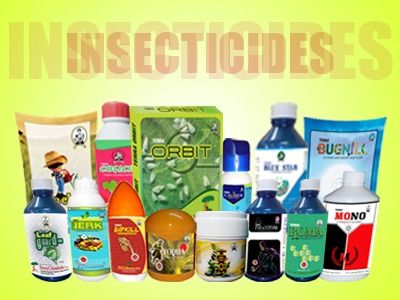
Surviving an act of pesticide self-poisoning allows people to receive support from their family, community, and medical and psychosocial services, and most suicide attempts are not repeated. They are often used impulsively for suicide attempts in times of acute stress, frequently with less than 30 min of planning. The problem is most severe in rural Asian communities, where a wide range of agricultural highly hazardous pesticides (HHPs) are easily available within the home and from shops. Self-poisoning with pesticides accounts for 14–20% of global suicides, an estimated 110,000–168,000 deaths each year, down from an estimated 371,000 in the late 1990s. Comprehensive national bans of highly hazardous pesticides could lead to a reduction in suicides across India, in addition to reduced occupational poisoning, with minimal effects on agricultural yield. However, some pesticide bans do appear to have impacted previous trends in the rates of both pesticide suicides and all suicides. Highly hazardous pesticides continue to be used in India and pesticide suicide remains a serious public health problem. There was no evidence of a decline in agricultural outputs following the bans. The 2005 ban on endosulfan showed a similar effect – lower than expected pesticide suicides (0.79, 0.64–0.99), but no change to the decreasing trend of total suicides (0.97, 0.93–1.02) in 2010. In Kerala, there was a lower than expected rate of pesticide suicides (0.45, 0.42–0.49), but no change to the already decreasing trend in total suicides (1.02, 1.00–1.05) after the 2011 ban of 14 pesticides. There was statistical evidence of lower than expected rates of pesticide suicides (rate ratio 0.52, 95% CI 0.49–0.54) and total suicides nationally by 2014 (0.90, 0.87–0.93) after the 2011 endosulfan ban. NCRB data indicate that pesticides were used in 441,918 reported suicides in India from 1995 to 2015, 90.3% of which occurred in 11 of the 29 states. In our quantitative analyses we focused on the permanent bans in Kerala in 2005 (of endosulfan) and 2011 (of 14 other pesticides) and nationally in 2011 (of endosulfan). Despite many highly hazardous pesticides still being available, several bans have been implemented during the period studied.

ResultsĪs of October 2019, 318 pesticides were registered for use in India, of which 18 were extremely (Class Ia) or highly (Class Ib) hazardous according to World Health Organization toxicity criteria. We used joinpoint analysis and negative binomial regression to investigate the trends in suicide rates nationally and in Kerala, in view of the robust measures Kerala has taken to restrict a number of HHPs, to identify any effect on suicides.

National and state-level data on suicides from 1995 to 2015 were obtained from the National Crime Records Bureau (NCRB). Information on pesticide regulation was collated from agriculture departments of the central government and all 29 state governments (excluding union territories). Here, we describe national and state-level regulation of highly hazardous pesticides and explore how they might relate to suicide rates across India.

Banning highly hazardous pesticides from agricultural use has been successful in reducing total suicide numbers in several South Asian countries without affecting agricultural output. Pesticide self-poisoning is a common means of suicide in India.


 0 kommentar(er)
0 kommentar(er)
